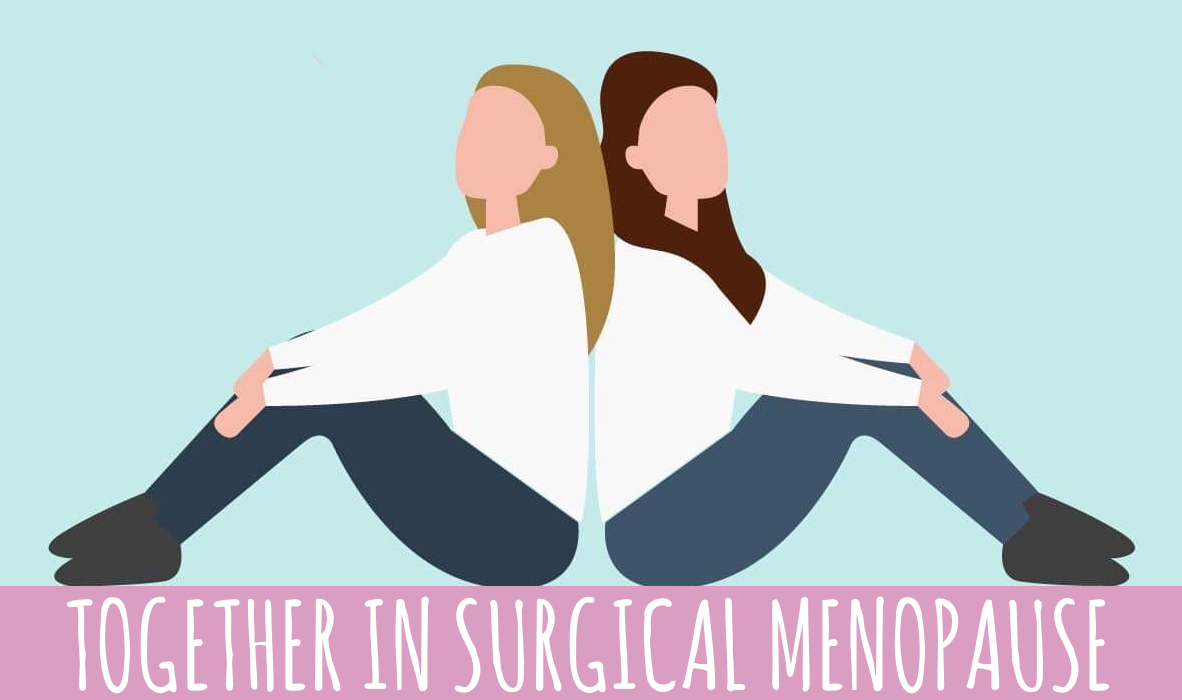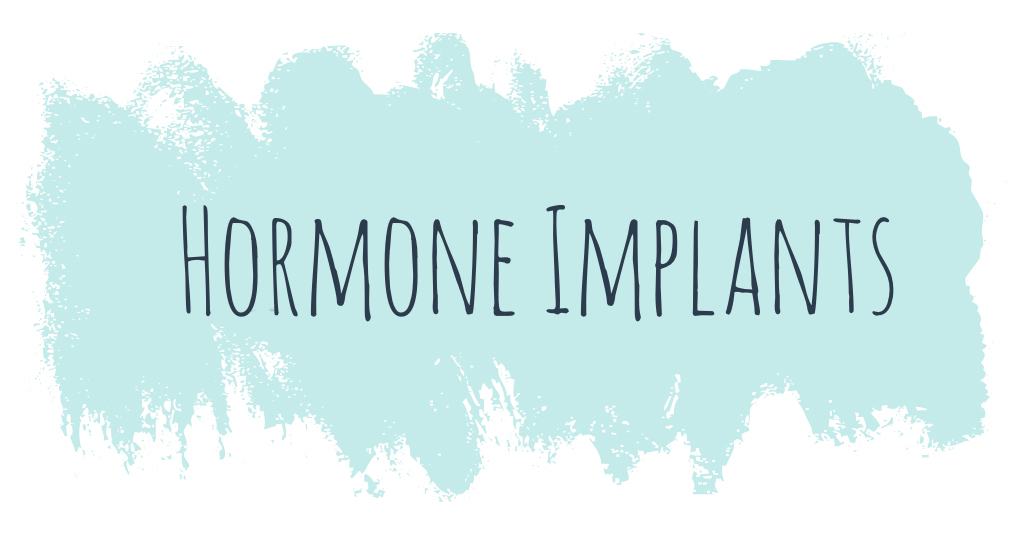


What are hormone implants?
A hormone implant is a small, slow-release pellet containing body-identical hormones. The small pellets are inserted into the fat under the skin (usually in the abdomen or the buttock) where they become absorbed. The hormones are then released slowly over a 4-6- month period. It is an easy and quick procedure carried out under local anaesthetic.
There are 2 types of implant: oestrogen and testosterone.
Oestrogen implants are used to alleviate the majority of menopausal symptoms.
Testosterone implants are used to improve the following symptoms that can all occur as a result of the ovaries being removed:
loss of energy
poor cognitive function
low mood
poor libido
Hormone implants are mostly used for women who have had a hysterectomy and bilateral oophorectomy (ovaries removed).
Benefits
There is continued symptomatic improvement due to the higher serum oestradiol levels obtained
Many younger women in surgical menopause benefit from higher-dose testosterone therapy
There is an improved response when other treatments have failed
Long-term bone protection
A consistent, slow release dose directly into the blood stream causes fewer fluctuations which is particularly beneficial for women who are highly sensitive to hormonal fluctuations
The implant is usually still active and producing pre-menopausal hormone levels up to two years after the last implant. This can have a hugely beneficial effect on well-being and bone density.
Risks
Bleeding at the insertion site a few hours after implantation
Localised bruising and discomfort at the wound site for a few days
Although rare, infection at the implantation site
Although extremely rare, the implant may be rejected
Symptoms can return as the implant comes to the end of its working life (4 – 6 months)
Tachyphylaxis - after repeated implants the hormones can accumulate in the body.
Women who use implants long-term can avoid tachyphylaxis by having their hormone levels checked and should be counselled prior to commencing treatment to avoid the risks.
What is Tachyphylaxis?
Too frequent implantation or too high doses of oestrogen leads to supraphysiological oestradiol levels (levels greater than normally found in the body). This can in turn lead to the recurrence of symptoms even at these higher levels.
The recurrence of apparently oestrogen-deficient symptoms at these levels is due to the change of oestradiol levels from ‘very high’ to ‘high’ as women become accustomed to a higher threshold. Therefore, when some women request repeat implants for symptomatic relief, this can be caused by falling oestrogen concentrations rather than a deficiency of oestrogen.
You can avoid this happening by using the correct dose of hormones. The key to this is through the proper monitoring of serum oestradiol levels as well as seeking counselling for the risks prior to commencing treatment. The normal range of oestradiol during the ovarian cycle is between 100 – 1500 pmol/l, but oestradiol levels greatly exceeding these levels can be found in patients with tachyphylaxis.
Oestrogen Responsive Depression
High levels may be unnecessary and avoidable, but sometimes women with oestrogen responsive depression need even higher oestradiol levels. It is wrong to deny women further therapy as this merely makes them suffer many more unnecessary months of symptoms, particularly depression, anxiety and loss of energy. The ‘cold turkey’ treatment is not acceptable as profound depression is very common in patients who are denied further oestrogen therapy.
Recommendations
Click here to discover our recommended reads and resources